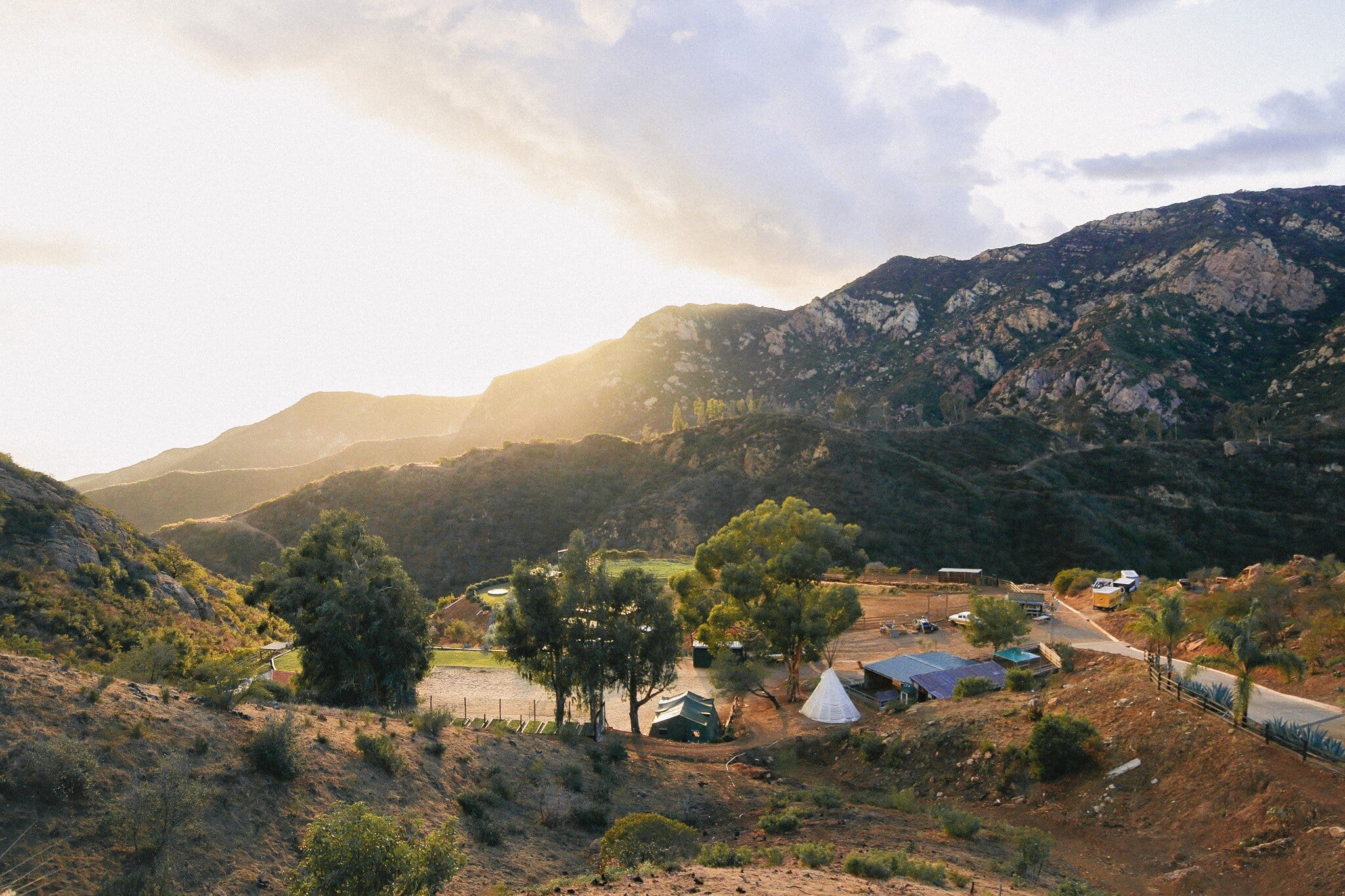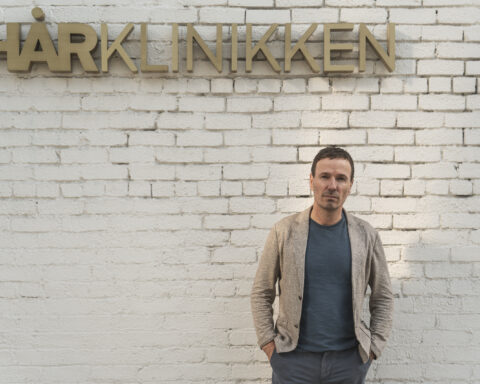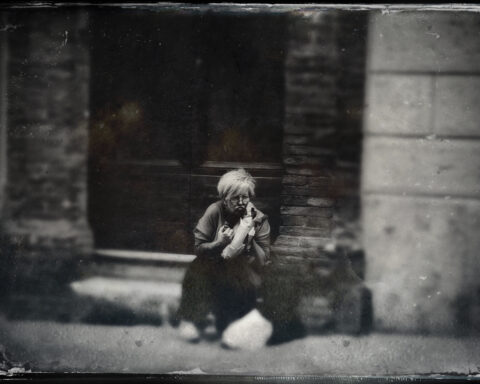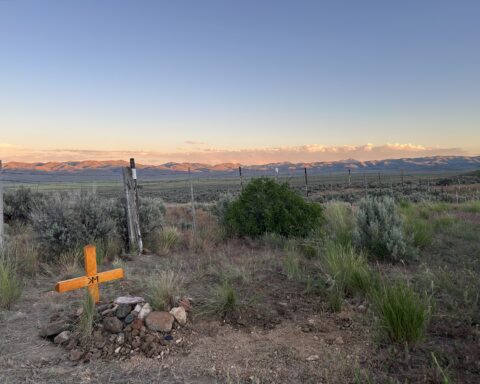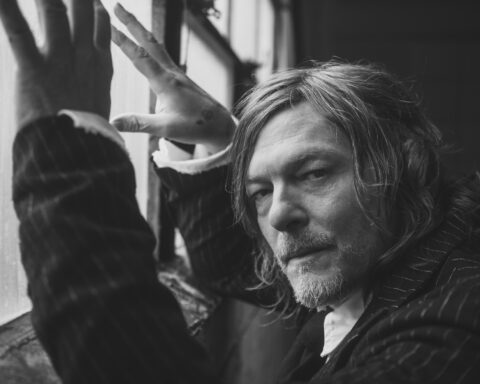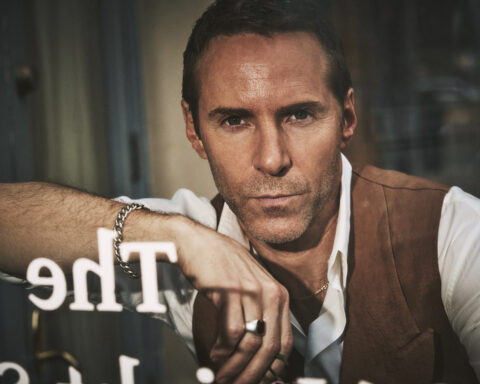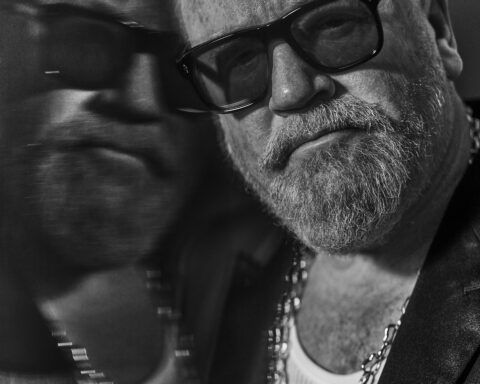Among our goals at Mr Feelgood is to dig beneath the surface of some seemingly complex concepts to get to the root of an idea to discover if it can help us grow.
So we arrived at One Gun Ranch in Malibu, California — the world’s leading biodynamic farm — armed with a shovel and ready to get our hands dirty and learn about the farming method described as ‘beyond organic.’
Biodynamic feels like the new buzzword in agriculture — even though the practice is 100 years old. Biodynamic produce is on the rise and the term is increasingly being seen on the shelves of supermarkets and the menus of restaurants. And with the global health pandemic leading to more people buying food locally, or even growing their own at home, there is a growing appetite to know more about where our produce comes from.
But what does biodynamic actually mean? And what can we learn from the method to use in our gardens and kitchens at home?
Biodynamic farming includes some concepts that can sound pretty ‘out there.’ Its methods feature spirituality, astrology and, well, a sprinkling of magic. But after spending a day at the breathtaking One Gun Ranch with owner Alice Bamford, her family and team, we learned that at its heart it’s about true sustainability, connecting with the nature and creating the perfect soil to grow healthier, tastier food — and if we’re openminded to its methods they could help us sprinkle a little of that magic in our own homes.
THE BIODYNAMIC METHOD
Biodynamic farming was introduced by Austrian philosopher Rudolf Steiner in the early 20th century and was the original organic movement. Like mainstream organic farming, biodynamic agriculture bans the use of synthetic pesticides and herbicides, GMOs, hormones and other pharmaceutical growth promoters. But it goes much beyond that. It encourages treating a farm as a self-contained entity — everything produced that is not eaten goes back into the land and as little as possible is used from outside to sustain it.
The method also encourages planting and harvesting crops according to the position of the stars and the moon. This may seem a new age concept, but throughout history farmers have used the moon and stars as a guide. Since its first publication in 1818, the Farmer’s Almanac has included a moon-phase calendar and states the moisture in the ground and in plants are affected by the gravitational pull of the sun and the moon, just like the tides.
Steiner had nine special “preparations” to create the perfect soil that was central to his philosophy. Perhaps the most well-known is the packing of a cow’s horn with manure which is then buried under the farm over winter before it is dug up months later, mixed with water and sprinkled across the land.
We witnessed the ceremonial digging up of the horn — and the burial of a new one — during our trip to the ranch. A tablespoon of the manure that had been buried since last year was scooped from the horn and stirred in water for an hour to summon cosmic forces before it is spread across the ranch. All of the family and farm staff take it in turns to stir the water. And while it is impossible to measure whether cosmic forces are at work, what is beyond doubt is the love, care and energy that goes into the process and that can be seen throughout the farm and tasted in the food.

Alice and Otis dig up the cow horn
THE ONE GUN RANCH STORY
Alice and her partner Ann Eysenring bought the stunning 24-acre One Gun Ranch in 2009, with its name inspired by its former owner, Guns N’ Roses drummer Matt Sorum.
It was initially intended as the California outpost of Alice’s parent’s Daylesford Farm in Gloucestershire, England. But they initially struggled to grow the seeds Alice brought over from her parent’s farm in the UK in the acidic California soil. That was until she met biodynamic guru Jack McAndrew at the Malibu Agricultural Society and he became the farm’s compost guru. And now, just over a decade later, One Gun Ranch is a world-renowned brand and its produce is revered around the globe and used at the local branches of high-end restaurants including Soho House and Nobu.
Alice explains: “I brought over the seeds but I was disappointed about how our produce was turning out. I didn’t grow or taste like it did at home. The soil here is very acidic, perfect for citrus and avocados. That led me to realize it was about the soil, so I found Farmer Jack and he told me about this biodynamic compost he made.”
Alice’s partner Ann was initially skeptical about some of the elements of the biodynamic method. So they tested it out — and the proof was in the onions.
“I just thought it was magical and Jack was a complete guru and I understood that from the get-go,” Alice continues. “Ann, on the other hand, did not! She was like: ‘What is all this?!’ So we literally got some of Jack’s soil and some regular soil and put them in beds side by side. The first thing we grew was onions — with the same amount of sunlight, water, wind, everything. And after three months the results were ridiculous. The biodynamic onions were ten times better. The soil is like black gold — truly magical compost. We were all totally sold from that point on.”

Farmer Jack AKA ‘The Maestro’
Biodynamic farmers refer to their farms as a living entity. And while that can be a difficult concept to explain on paper, after just a few minutes on One Gun Ranch it becomes clear. Alice and Ann’s children Otis, four, and Iris, two, are already integral parts of the team. All the staff feel like family. And the animals — which include countless rescue dogs, retired racehorses, alpacas, pigs, cows, goats and a donkey called Waffle who is something of a Malibu celebrity — all have their own roles to play.
She says: “Biodynamic means ‘life force.’ So it’s really working with the rhythms of nature.
“On a daily basis we see in California how much the moon effects the tides. It effects us as women and it also effects the water table within the soil. We plant according to the biodynamic calendar which is broken down pretty much like a tide chart.
“We want to enhance the vitality and magic of everything we grow — enhance with vital life force. But I think the difference we have here, which was very fortunate, was that we saved a herd of cattle from Decker Canyon that were going to be put down — and that means we can do everything in house now. We used to buy in organic cow manure and sometimes it was great and sometimes it wasn’t. But now we have the dairy cows that give birth once a year and we know what we feed them, we know where they roam and we know how they’re treated. And the magic that comes from that is at the heart of what we do.
“The farm itself is a living organism. So literally every living thing on the ranch has a purpose and works within the rhythm of the ranch whether it’s the dogs guarding the ranch, the horses whose manure we use to grow the alfalfa which we then feed the animals and layer in the compost. In a biodynamic farm nothing goes to waste.
“There are so many things at play. But two of the most powerful elements are the moon and the compost — and of course Jack is the third.”

The next generation of essential workers. Otis making compost on the farm
THE COMPOST MAESTRO
We are now in the hub of the farm making some new compost and Farmer Jack is overseeing the process. Jack, 88 years young, looks exactly like a biodynamic compost guru should. His mentors were taught by Steiner himself. And now he is passing his knowledge down to the One Gun Ranch staff, who call him “the maestro.”
Standing in front of a pile of around 50 tons of compost made here on the ranch, he explains the process that he treats more like alchemy than farming as we know it. “Rudolph Steiner was a biologist, a chemist, an astrologist, a psychologist and a psychiatrist,” he says. “He was a spiritual healer. He knew Gandhi, he knew Freud, he knew them all.”
Jack explains: “The two main ingredients of the compost is the manure and the alfalfa. You want a carbon to nitrogen ratio of about twenty to one — so we put two bails of alfalfa for every ton of manure. We layer them on top of one another and water each layer. And each layer we add some bacteria which breaks it down. The moisture has to be specifically like a wrung out sponge on every layer. If it’s not treated properly, and with finesse, bits dry out and burn and the whole pile is useless. But it can’t be soggy either.
“If the consistency is correct then the temperature heats up to 130 degrees getting rid of all the undesirable bacteria in the manure. Then after nine months it returns to body temperature and it is ready to use.”
Other preparations encouraged by Steiner were adding special herbs like stinging nettles, oak bark, yarrow and chamomile to the soil.
And Jack adds: “There are only about half a dozen people in the whole of the United States who really know how to do this properly. There are lots of people claiming to be biodynamic but not many are making their own compost quite like this.
“This compost grows the best, most nutritious, vigorous food in the whole world.”

Jack and the black gold
ROYAL APPROVAL
If we are looking for other agricultural royalty to back up the Malibu compost king’s championing of these methods, we could start with the future king of the United Kingdom. Prince Charles, the green-thumbed heir to the UK throne, is perhaps the most high profile advocate of Steiner’s biodynamic methods.
Prince Charles often uses his platform to caution against the trend for intensive farming, and he has said: “It seems ever-more clear that the way in which we manage farmland in the future will be of central importance to ensuring the future ecological health of our planet. If the planet were a patient no responsible doctor would ever have allowed it to become as sick as we have made it.
“Rudolph Steiner was one of the first people to recognize the interconnectedness of soil fertility and the vital health of plants, animals and people. He also understood the concept of ecosystems, arguing that a thoroughly healthy farm should be able to produce within itself all that it needs. Sadly his visionary approach was not heeded and as a result intensive farming has prevailed and has been responsible for the destruction of much of the world’s natural capital including our forests, soils and the diversity of animals, plants and insects which used to co-exist with farming.
“Rather than separate nature from agriculture in the way we have been doing, we need to reintegrate them and discover how well they can work together in harmony.”
The wine industry is another area where biodynamics is gaining renewed attention and popularity, with biodynamic wines scoring highly with wine experts around the world.
BIODYNAMIC BALCONIES
Many of the principles of biodynamic farming can be applied to our own vegetable gardens at home — something that is becoming increasingly important in this time of social distancing.
Alice says: “At the moment it feels like people are going back to the earth and the earth is taking a deep breath.
“People are wanting to be more self sufficient and they’re realizing that food is medicine and your number one line of defense for immunity and not having to see a doctor. We encourage people to grow wherever they can. Whether you’re in an apartment, on your balcony or in your garden. You can grow in an old boot, in a watering can, in a little wooden box. We recommend the first thing to try is a radish or a salad mix — they’re the most likely to grow.”
Among Alice’s tips for using biodynamic methods in our own gardens — which she covers in more detail in the excellent One Gun Ranch book — is making our own compost out of left over waste to create a mini closed loop system in our homes. Put waste food produce — but not meat or dairy products — into a food pail by our kitchen sinks. Then put this waste into a compost bin in our garden, cover with soil and garden cuttings, and as they start to break down give them a quick turn with a pitch fork or shovel. Once the compost pile is established you can just mix the scraps in and when the bin is full leave it for a few months to fully decompose into a rich, dark crumbly compost you can use for everything from growing houseplants to vegetables.
We can also use One Gun Ranch’s calendar to learn more about planting according to the cycles of the moon as the moisture levels in the ground change.
And when it comes to planting a garden of any size, there are lots of useful principles that can be followed. We should always use biodynamic or organic seeds — not genetically modified seeds that have been created in a lab. And we can practice companion planting in gardens large or small. This includes the practice of using plants rather than chemicals to prevent pests. For example tomatoes exude a chemical that repels the asparagus beetle, sage and carrots drive away each other’s pests and leeks repel the carrot fly while carrots repel onion flies and leek moths.

The One Gun Ranch Biodynamic Calendar
SO WHAT THE F*** IS IT THEN?
Some of the more mystical elements of the biodynamic farming methods may be hard for some to swallow. But spending some time on One Gun Ranch we were struck by the sense of family that includes the earth, the owners, the team and all the animals that live on it.
The ceremonial events, like the burial of the cow horn, make that sense of community even stronger. And the painstaking detail that goes into the creation of the compost shows a level of love and care that you can sense in the air and taste in the food. Every living being here has its role to play and is clearly happy, healthy and enjoying every minute of it.
And that is certainly magic, of some kind.
If you make a purchase through a link on this site we may receive a commission, at no extra cost to you, which helps us to continue to produce our content.


